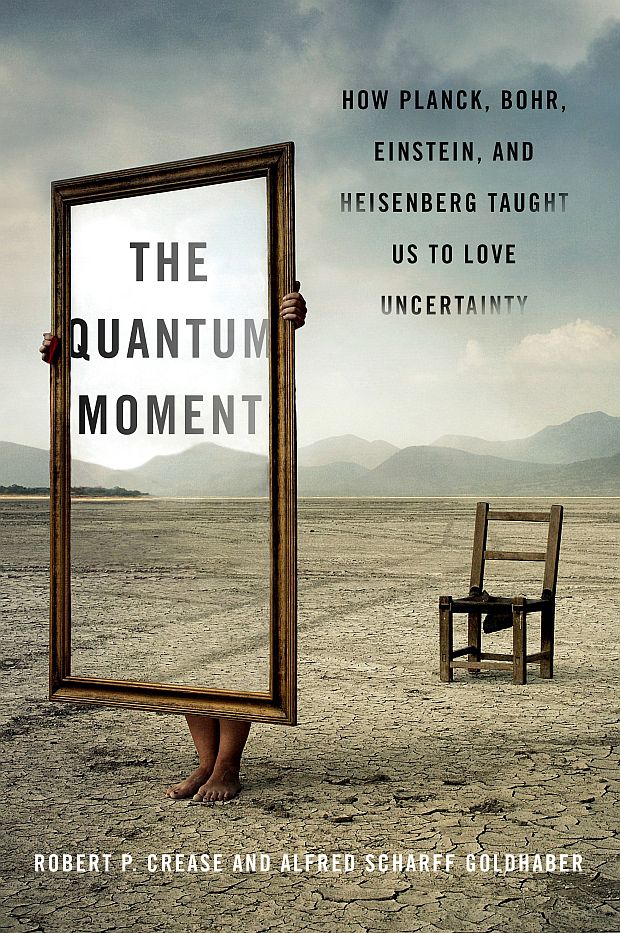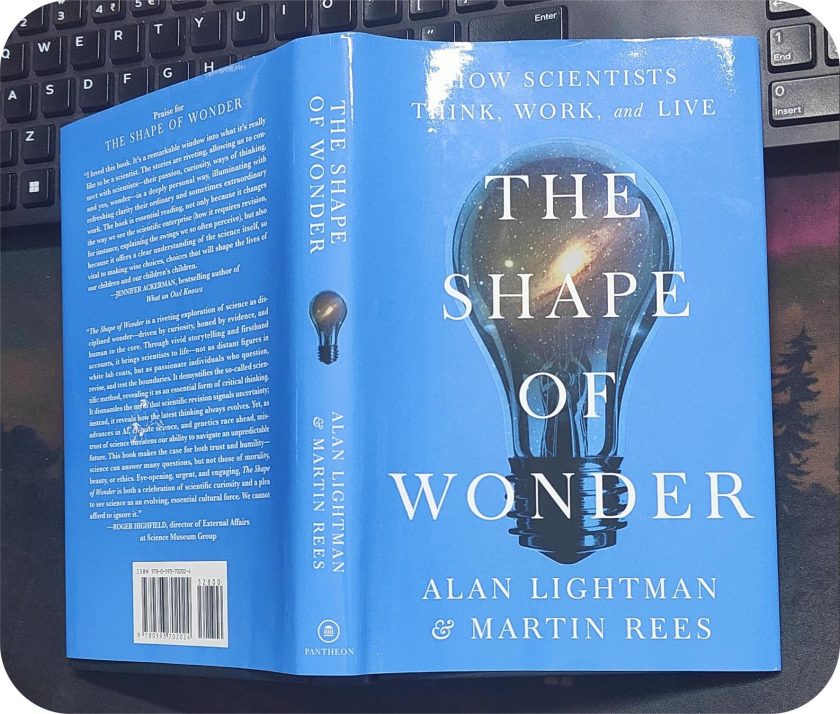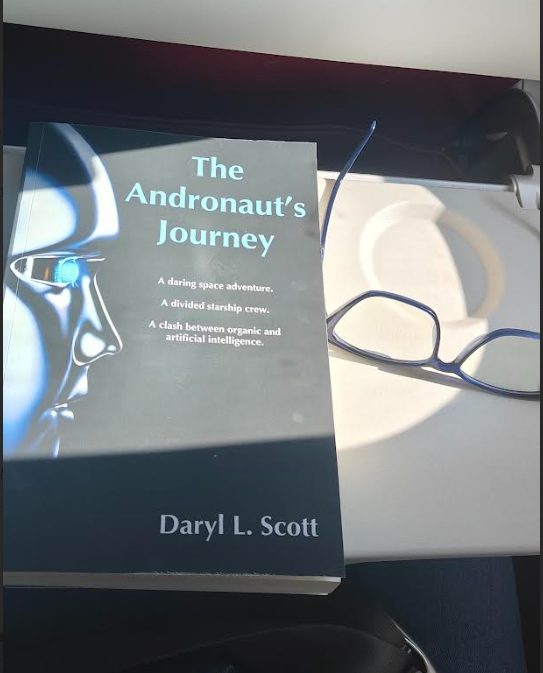The Quantum Moment – How Planck, Bohr, Einstein, and Heisenberg Taught Us to Love Uncertainty by Robert P. Crease and Alfred Scharff Goldhaber is one of the most fascinatingly informative books I have read so far. I have recently developed interest in the world of quantum and I find this book fully satiated my curiosity. It is beautifully written for a beginner like me.
Chronologically the book starts with the beginning of quantum theory and takes the reader to the pinnacle of its major philosophical implications – an awesome flight with an amazing view.
(Spoiler alert!)
Until 1927, one ‘fact’ that ruled among thinkers was the predictability of reality and that everything about the external world was homogeneity and continuity, an idea that enveloped the Newtonian world. An arena where everything moved about in harmony with each other, even the transition from past to future was perfectly laid down under the governance of the universal mathematical laws.
However, in September 1927, the ‘One’ rule changed and thus altered the entire perception. According to their respective sizes, objects started following different rules. Things turned out to be unpredictable and one became doubtful about the presence of objects and their aims. The observation became dislodged, as there raised gaps and inconsistencies in reality.
This book is a brainchild of a philosopher, Dr. Crease and a physicist, Dr. Goldhaber at Stony Brook University. As per them, no sooner, Max Planck surfaced “black box” radiation the conformity of Newtonian world begins to disintegrate. The finding revealed that light radiation does not flow in a continuous flux rather moves in a discrete manner in form of standard sized packets called the quantum.
Conventional physicists did not give enough weightage to the quantum theory. They nearly nullified it by classifying it as only computational trick. However, Albert Einstein in 1905 proved that photoelectric effect is the outcome of light energy being transported separately in quantized packets. And random movements as depicted by Brownian motion too stressed to the same phenomenon. In 1913, Niels Bohr proposed that atom is the smallest element with a nucleus, which is positively charged and is surrounded by electrons that have circular orbit hence travel around the nucleus or in a specific orbit depending upon the rate of absorbing or releasing the quanta of energy. The structure resembles solar system except the fact that in place of gravity there is electrostatic forces within the atomic structure.
During the late 1920s, Newtonian physics received a huge jolt with the creation of quantum mechanics by Werner Karl Heisenberg. His proposed uncertainty principle suggested that both location and momentum of a particle at any given time could never be determined. During the same time, around 1926, Erwin Schrödinger came up with his psi function or wave mechanics as per which, there is a probability of a particle to be discovered in a location in terms of a wave. This idea led to the formulation of Bohr’s principle, which was, an object or a particle could be in a wave or a particle format depending upon the way it is measured. The proposal suggested that that location and momentum of a particle couldn’t be determined by nature rather it is depended on the act of observation.
In a plausible manner, Dr. Crease and Dr. Goldhaber presented these ideas sequentially and then moved onto the cultural implications of the quantum revolution. A place where there is randomness among particles, particles that follow a wave motion and observation affects its position and momentum. How does these subtle changes, effects the way we see the world? Authors have attempted in answering questions like these. After all, with the emergence of new science, methods too have been revamped in experiencing the world.
The authors reconstructed John F. Kennedy’s assassination to the indeterminacy of subatomic particles. Critic and novelist John Updike jotted down a few reflections on photographs that were taken after President Kennedy was shot by assassin’s bullets. More closely the pictures were scrutinized, the more sense the previously held unwanted or ignored background objects made. For instance, ‘the umbrella man’, ‘tan-coated man’, ‘a gray Rambler driven by a Negro’, all who were previously thought to be random people/objects were actually part of the whole conspiracy.
Thus, the authors postulated that randomness prevailed not only at the subatomic level but at the social level as well. Some of the researchers like British astronomer Arthur Eddington suggested that quantum world is the door that leads to the world of spirituality. Thinking on the same line of thought, American physicist Arthur H. Compton asserted that the quantum universe indicates the existence of God. The Fundamental Fysiks Group made a connection between quantum mechanics to New Age Eastern mysticism.
Nevertheless, Dr. Crease and Dr. Goldhaber were pointing out towards the other direction. For them, quantum mechanics acted like a wake-up call that took humanity form the illusion of perfect determinism and mathematical predictability that shaped Newtonian universe to all pervasive randomness.




